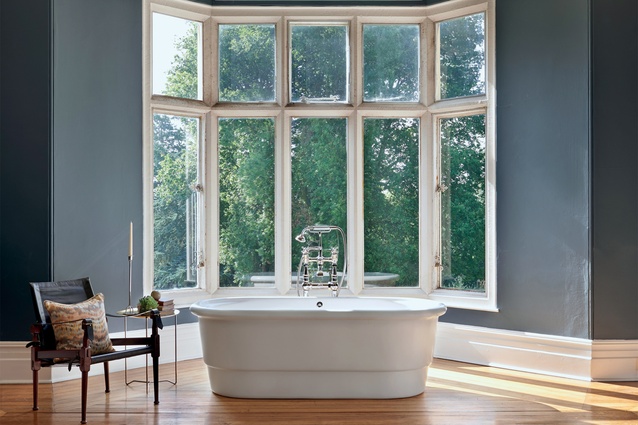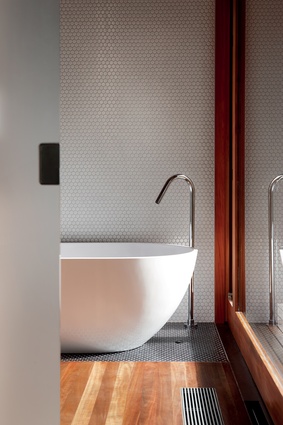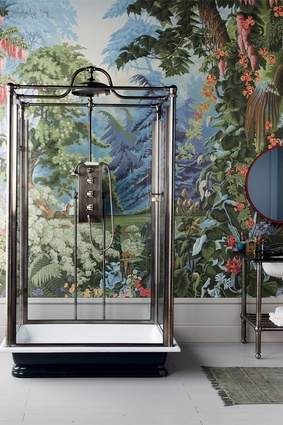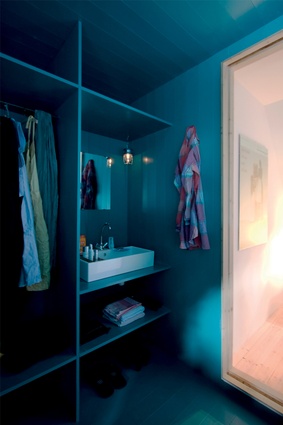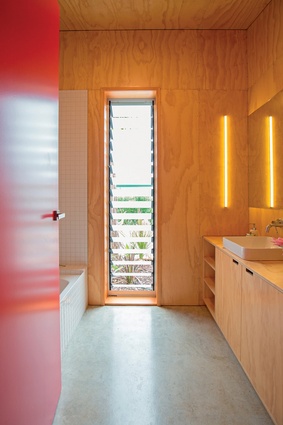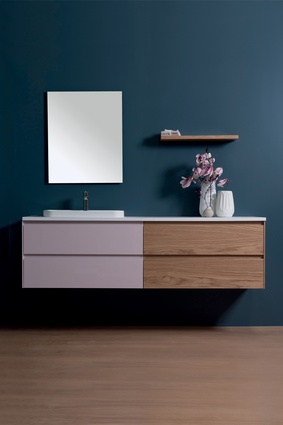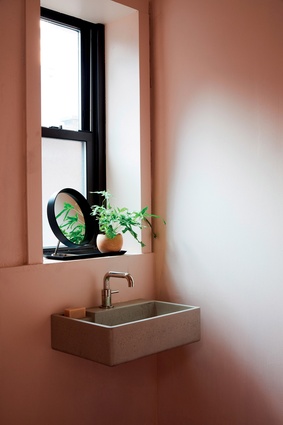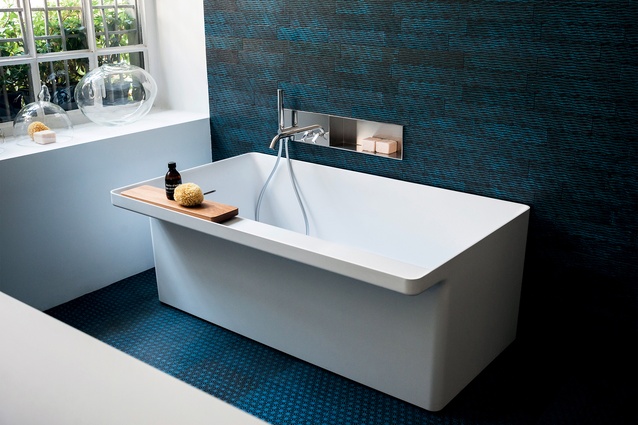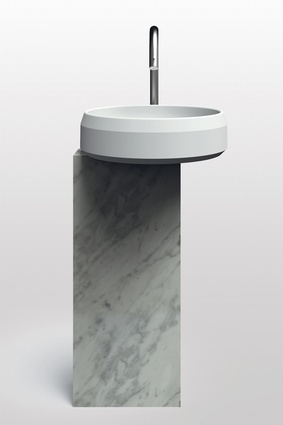2018 bathroom focus: international trends
When designing bathrooms, how do we strike a balance between rushed showers before heading to work and contemplative soaks in the bath?
Bathrooms are no longer simply about bodily hygiene, they’re also increasingly about providing a psychological sanctuary. “In a world where privacy and security are more and more diminished, those few square feet and those few minutes alone are becoming more precious and more valued,” says psychologist Dr Susan Painter, a pioneer in the interdisciplinary field of design psychology.
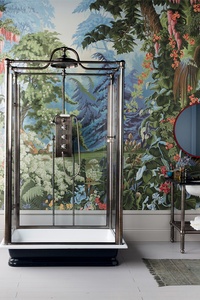
Arguably, bathrooms are the most private of our domestic spaces, where a person can let their mask slip and look their true self in the eye, as reflected in the mirrored surfaces. When remodelling or redecorating a bathroom, we need to rethink the ways in which its design and decoration support our psychological well-being (which differs from mere pampering) and facilitate our personal hygiene.
‘Healthy minds in healthy bodies’ should be the new bathroom mantra. People often throw in the towel when overhauling a bathroom, opting to change its style rather than reorganise its layout. Optimising the room’s functionality brings greater long-term benefit but renovations requiring extensive replumbing, repositioning of water and soil pipes or electrical rewiring are expensive.
It’s, therefore, not surprising that many people opt to work with an existing layout, renewing a bathroom by replacing fittings, introducing new flooring or wall materials and changing its colour scheme. Here, then, are some emerging developments in the design of baths, showers, washbasins and toilets, and bathroom taps.
Free standing
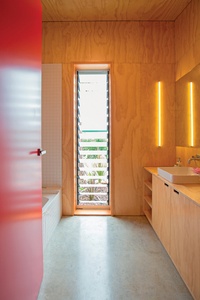
This striking Thurso free-standing shower from Drummonds can be plumbed in from the floor or wall. A Tardis-like cabinet, seen above right, in an antique nickel finish with a central overhead shower rose and a hand-held shower head, would make a striking statement in a large bathroom.
The free-standing stone Tyburn, also by Drummonds, provides a sleek, contemporary alternative to retro-vibe metal baths.
Expect the unexpected
Architects Francesco Di Gregorio and Karin Matz made maximum use of space in an attic conversion on the small island of Föhr in Germany. A vivid shade of turquoise lines the walls of the wardrobe, which is also home to a discreetly placed washbasin.
Bonnifait + Giesen Atelierworkshop Architects designed a bathroom, seen above right, that contrasts bright-red doors with plywood walls and cabinetry and polished concrete floors.
Customised colours
Offering stylish and functional bathroom storage for smaller bathrooms, Edge wall-hung vanities by Michel César are available with custom-coloured cabinetry at bathco.co.nz.
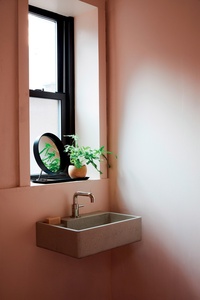
Reinterpreting the wash-house
The Marsiglia bathtub from Agape was born from the encounter between a contemporary material, Cristalplant, and an object of the past, a wash-house. It is particularly suitable for environments with reduced dimensions thanks to its regular shape and reduced length.
The Lariana washbasin, also from Agape and designed by Patricia Urquiola, pays tribute to Lake Como, which used to be called Larius. Its form calls to mind the great masters of early-20th-century Milanese architecture.
Exploring alternatives
Agape’s Ell washbasin’s countertop is beautifully light at only 4cm thick and tapering to 1cm at the edges. Made with either engineered stone or marble, it features a 60cm-wide grid panel of the same colour over the basin.
Soft millennial pink was used in this bathroom, seen above right, designed by New York studio GRT Architects.

